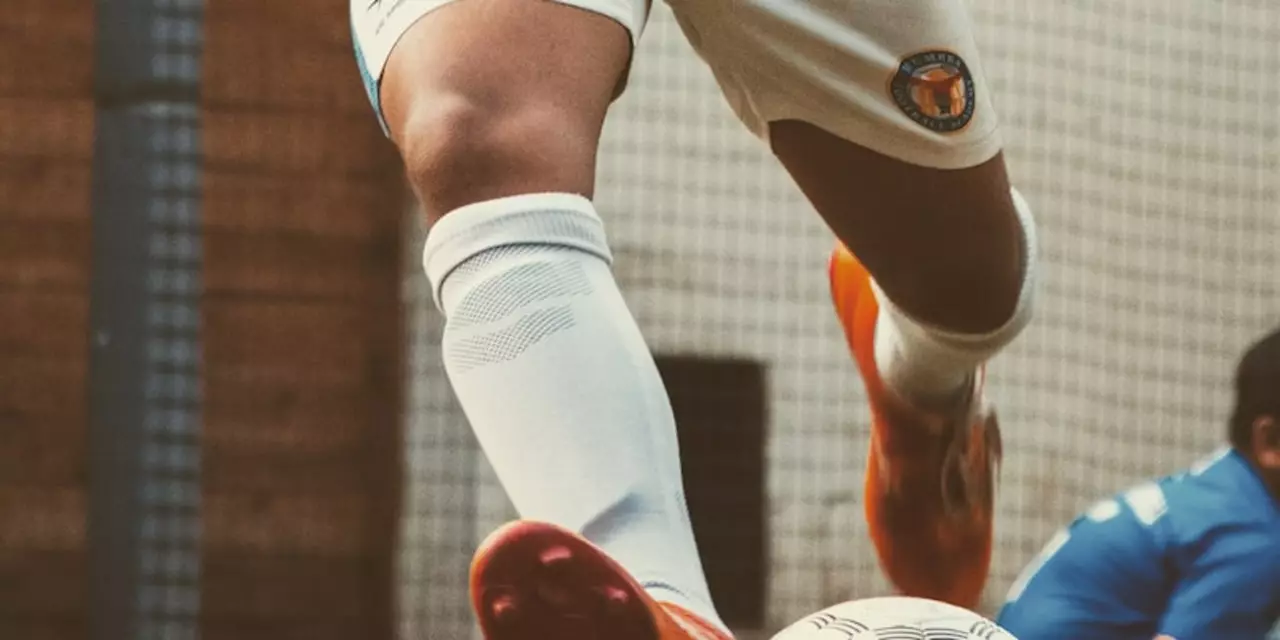Improvement Tips for Soccer Fans and Players
If you love soccer, you probably want to get better at watching, playing, or talking about the game. The good news? Small tweaks can make a big difference. Below you’ll find simple, actionable ideas that help you understand the sport deeper, sharpen your skills on the pitch, and become the fan friends look to for insight.
Know the Numbers – Goal Differential Made Easy
One of the first stats that confuses new fans is goal differential. It’s actually a straightforward calculation: Goals Scored minus Goals Conceded. A positive number means a team scores more than it lets in, which usually signals a strong season. When you see a table, glance at that column to gauge a team’s overall balance. It’s a quicker way to spot a contender than just looking at win‑loss records.
Try this on the next match you watch: write down the score, subtract the goals against, and compare the result with the other teams in the league. You’ll start spotting patterns – teams with solid defenses often sit high in the table, while high‑scoring sides rely on offensive firepower. Knowing this gives you a better feel for why a coach makes certain substitutions or tactical changes.
Gear Up Right – The Proper Soccer Ball Pressure
Ever notice how a ball feels “off” during a game? Most of the time it’s air pressure. The ideal range for a standard size‑5 ball is 0.6‑1.1 atmosphere, which translates to about 8.5‑15.6 psi. Too soft and the ball won’t travel far; too hard and it bounces unpredictably.
Keep a small pressure gauge in your bag and check the ball before every practice or match. Inflate it within the recommended range, and you’ll see immediate improvements in control, passing accuracy, and shooting power. It’s a tiny habit that separates casual players from those who consistently perform well.
Boost Your Own Play – Simple Skill Drills
Improvement isn’t just about watching numbers; it’s about doing. Pick one skill to focus on each week – first touch, short passing, or heading. Spend 15 minutes a day on a drill that isolates that skill. For example, to work on first touch, set up a wall and repeatedly receive a ball, turning quickly to pass back. Consistency beats intensity – short, daily sessions beat one bulky weekend.
Track your progress. Record a quick video of each session and compare it after a week. Seeing improvement on screen is motivating and helps you spot flaws you didn’t feel in the moment.
Be the Smart Fan – Talk Like a Pro
When you understand goal differential and ball pressure, you automatically sound more knowledgeable. Use those facts in conversations: “Manchester United’s +12 goal differential shows they’re solid at both ends,” or “The ball feels a bit overinflated, which explains the extra bounce.” It adds credibility and makes watching games more engaging.
Also, stay curious. If a player makes a surprising move, ask yourself what the stats say about that situation. The more you connect the on‑field action to the numbers, the deeper your appreciation becomes.
Improvement is a habit, not a one‑off event. By mastering a simple stat, checking your equipment, and drilling a skill regularly, you’ll notice a noticeable lift in how you play and enjoy soccer. Give these tips a try this week, and watch your confidence grow on and off the pitch.

This article provides advice on how to improve vision and positioning in soccer. It suggests focusing on three main areas: footwork, vision and understanding of the game. Improving footwork helps players move quickly and accurately to the right spot on the field. Working on vision helps players spot opportunities, anticipate opponents’ moves, and identify teammates. Understanding the game better helps players know when to adjust their positioning to take advantage of the situation. With practice, players can become better at positioning themselves in the most advantageous spots on the field.
Read more
